-
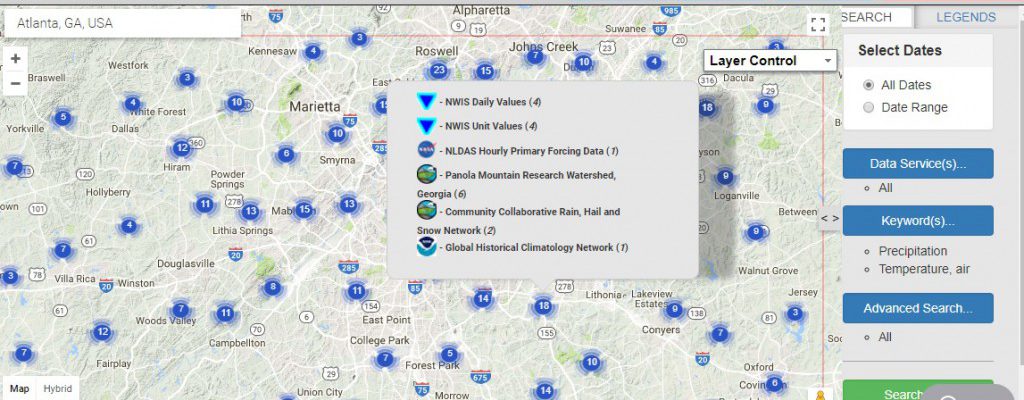
There are many places to find weather data, including many sources I have previously mentioned in this blog, including NOAA, CoCoRaHS, USGS, GeorgiaWeather.net, the Florida FAWN network, and others. Here is a source I just learned about which combines many of those datasets together in one place. This is a freely available, interactive and searchable…
Posted in: Sources of weather and climate data -
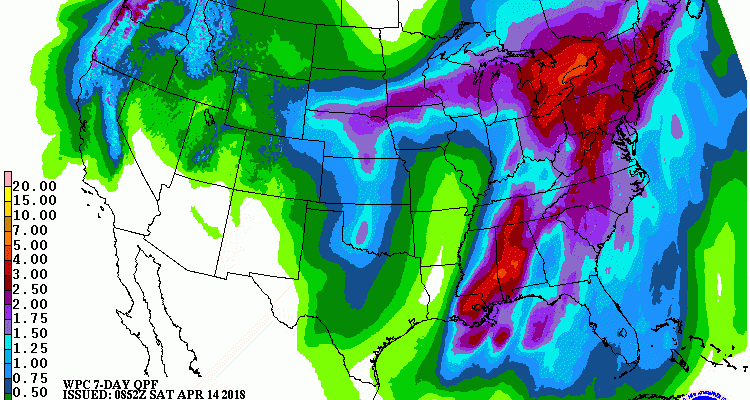
The next two days should bring a lot of rain to some parts of the Southeast but less to others. After the storm system passes, we can expect dry conditions for the remainder of the week. Since some of the storms this weekend could be severe, make sure you have a way to get storm…
Posted in: Climate outlooks -
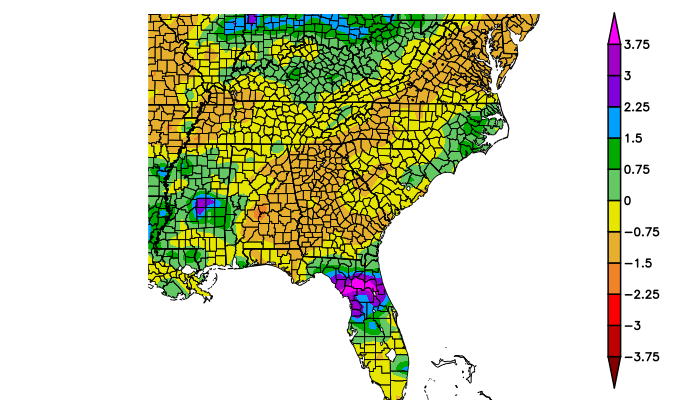
With almost half the month gone, April 2018 so far is colder than normal in all of the region except for the Florida peninsula, which has been above normal in temperature. Rainfall for most of the region is well below normal except for a band in northern Florida associated with a stationary front which dropped…
Posted in: Climate summaries -
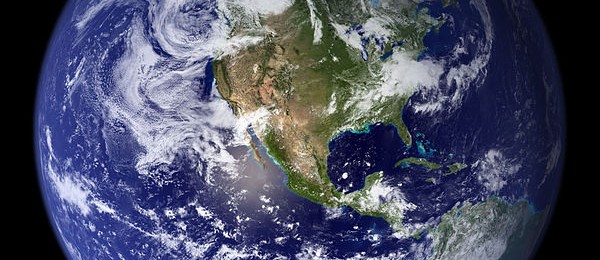
If you listen to local media of either party talk about recent trends we have seen in climate, you will notice that some outlets use “climate change” to discuss the trends while others use “global warming”. Scientists generally prefer “climate change” because the changes we are seeing to the climate due to humans, including land…
-
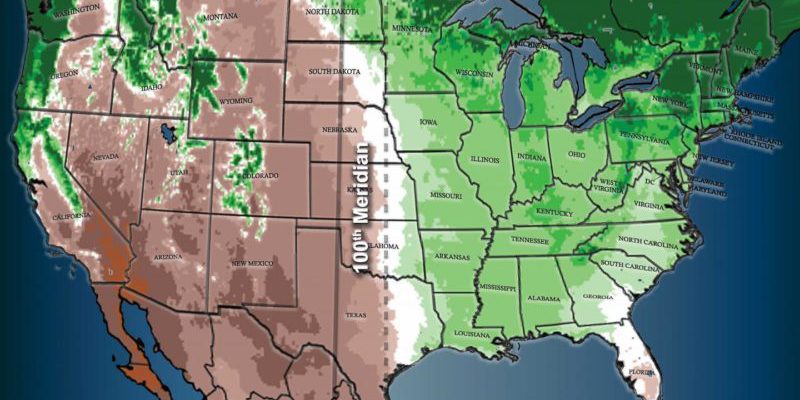
I spent a summer in Fort Worth, Texas, where they define the difference between their fair city and their nearest neighbor as “Dallas is where the East peters out, and Fort Worth is where the West begins.” But there is also a climatological difference between the two places, with drier conditions at Fort Worth than…
-

Here is a story that links events in World War 2 to impacts on tree rings in Norway. According to the story, a German dendrochronologist noted that many trees along the Norwegian coast near Kåfjord. In 1945, the Germans were hiding their battleship the Tirpitz there using chlorosulphuric acid as a sort of “chemical fog” to try…
-

Floods are a liquid disaster caused by heavy precipitation or training storms which drop their moisture over the same spot over and over again. Slow-moving storms and saturated soils can contribute to the volume of water that comes down the river channels. In some parts of the country, rain falling on snow makes rapid snowmelt…